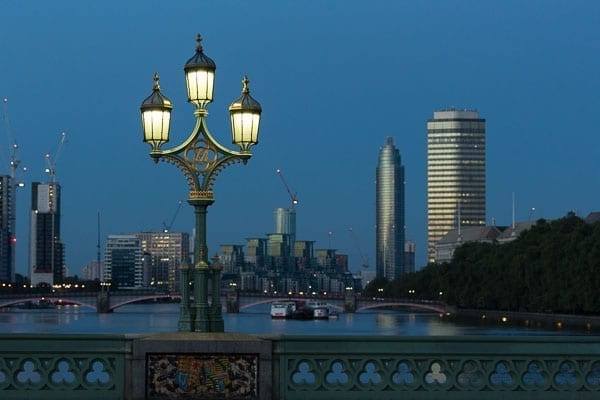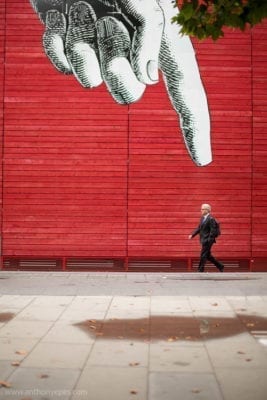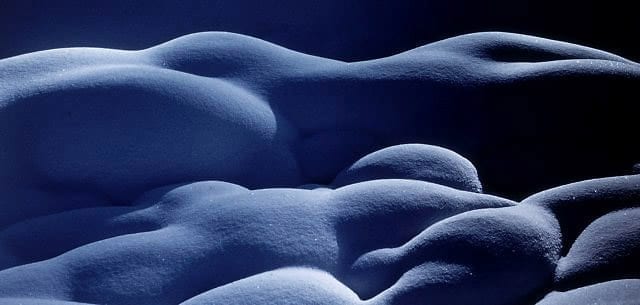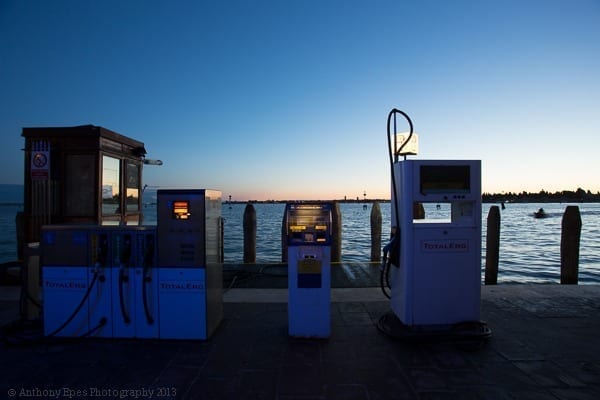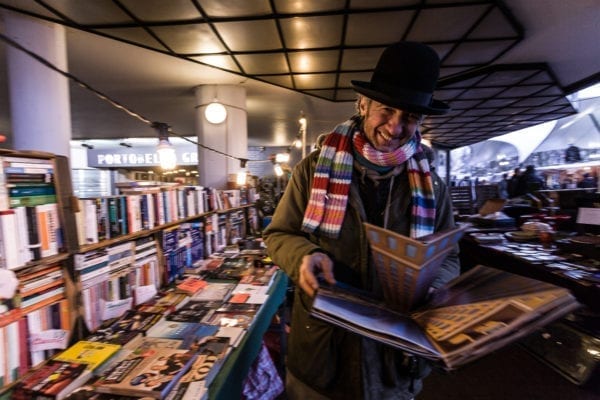Photos: To Paris, with love
7 years ago this month Di and I went to Paris with our baby daughter and our 6 year old son. We left our house, we took our son out of his school to try homeschooling and we looked forward to our baby’s first foods being in the land of […]

